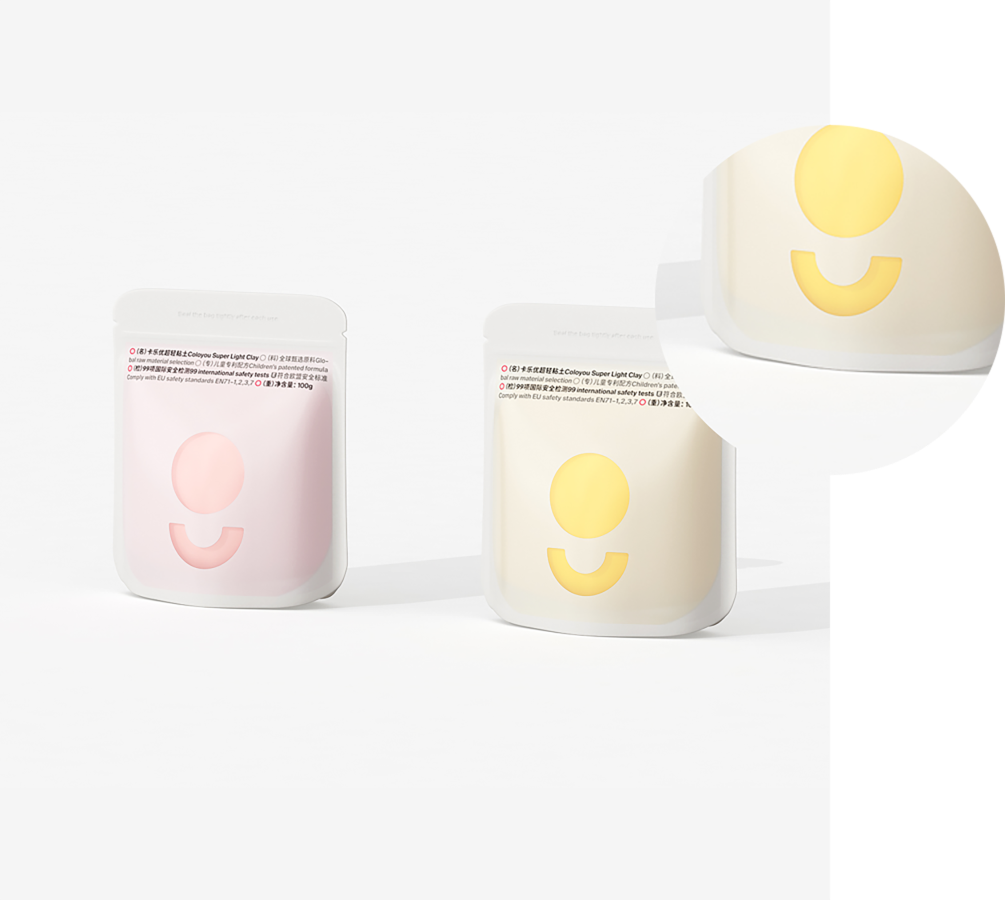- Afrikaans
- Albanian
- Amharic
- Arabic
- Armenian
- Azerbaijani
- Basque
- Belarusian
- Bengali
- Bosnian
- Bulgarian
- Catalan
- Cebuano
- chinese_simplified
- chinese_traditional
- Corsican
- Croatian
- Czech
- Danish
- Dutch
- English
- Esperanto
- Estonian
- Finnish
- French
- Frisian
- Galician
- Georgian
- German
- Greek
- Gujarati
- haitian_creole
- hausa
- hawaiian
- Hebrew
- Hindi
- Miao
- Hungarian
- Icelandic
- igbo
- Indonesian
- irish
- Italian
- Japanese
- Javanese
- Kannada
- kazakh
- Khmer
- Rwandese
- Korean
- Kurdish
- Kyrgyz
- Lao
- Latin
- Latvian
- Lithuanian
- Luxembourgish
- Macedonian
- Malgashi
- Malay
- Malayalam
- Maltese
- Maori
- Marathi
- Mongolian
- Myanmar
- Nepali
- Norwegian
- Norwegian
- Occitan
- Pashto
- Persian
- Polish
- Portuguese
- Punjabi
- Romanian
- Russian
- Samoan
- scottish-gaelic
- Serbian
- Sesotho
- Shona
- Sindhi
- Sinhala
- Slovak
- Slovenian
- Somali
- Spanish
- Sundanese
- Swahili
- Swedish
- Tagalog
- Tajik
- Tamil
- Tatar
- Telugu
- Thai
- Turkish
- Turkmen
- Ukrainian
- Urdu
- Uighur
- Uzbek
- Vietnamese
- Welsh
- Bantu
- Yiddish
- Yoruba
- Zulu
Cost Analysis for Lamination Processes and Efficiency Optimization Strategies
Understanding Cost Factors for Lamination
Lamination is a crucial process widely used in various industries, including printing, packaging, and even in the production of credit cards. It involves applying a protective layer to paper, plastic, or other materials to enhance durability, appearance, and functionality. As much as lamination adds value to products, it also incurs costs that can significantly impact the overall budget. Understanding these costs is vital for businesses looking to optimize their operations and ensure profitability.
What is Lamination?
Lamination typically refers to the bonding of multiple layers of material together to create a single, more robust composite. In the context of printing, lamination is often carried out using heat, adhesive, or pressure-sensitive films to encase printed materials in a protective layer. Laminated products are resistant to moisture, dirt, wear and tear, and can also be used for aesthetic enhancements through glossy or matte finishes.
Key Cost Factors in Lamination
1. Material Costs One of the most significant components of the overall cost of lamination is the material used. The type of laminate—be it gloss, matte, or satin—affects pricing. Additionally, high-quality laminates made from specialized materials can be more expensive. Businesses need to weigh the benefits of premium options against the cost to determine what best suits their needs.
2. Labor Costs The labor involved in the lamination process can also add to the overall costs. Skilled workers are required to operate lamination machinery effectively, and their wages can have a substantial impact. Furthermore, the time taken for the lamination process, including setup, operation, and quality checks, must be factored into the cost calculations.
cost for lamination

3. Equipment and Maintenance Costs Investing in high-quality lamination machines is essential for producing superior results. However, the initial cost of purchasing equipment can be significant. Additionally, businesses must consider ongoing maintenance and repair costs. Regular maintenance is crucial to ensure machinery operates efficiently and to prevent breakdowns that can lead to costly downtime.
4. Volume and Scale The scale of production dramatically affects the cost of lamination. Bulk orders usually benefit from economies of scale, reducing the per-unit cost. Conversely, smaller batches may see a higher cost per unit because the setup and processing times remain constant, regardless of the quantity produced.
5. Overhead Costs Overhead costs, such as utilities, rent, and administrative expenses, while not directly tied to the lamination process, need to be distributed across all production processes. Higher overhead can inflate the overall cost of lamination services, making it essential for businesses to control these expenditures.
6. Quality Control Investing in quality control measures is necessary to ensure that the final laminated product meets customer expectations. This can involve additional labor, material tests, and reject handling—all of which can add to the overall lamination cost. However, a good quality product can lead to customer satisfaction, repeat business, and a strong reputation.
7. Environmental Considerations Increasingly, businesses are considering the environmental impact of their production processes. Sustainable practices, such as using eco-friendly laminates or recycling materials, can come at a premium. While these practices may increase upfront costs, they can also enhance brand value and appeal to environmentally conscious consumers.
Conclusion
In conclusion, understanding the cost factors associated with lamination is essential for businesses seeking to optimize their operations. From material and labor costs to equipment investment and overhead, numerous variables come into play. By analyzing each aspect and making informed decisions, companies can effectively manage their lamination expenses, ensuring long-term profitability and sustainability. Emphasizing quality, efficiency, and eco-friendliness not only enhances product offerings but also strengthens market positioning in today's competitive landscape. In an age where consumers are increasingly aware of both quality and sustainability, businesses that carefully manage their lamination costs while maintaining high standards will find themselves better equipped to succeed.













